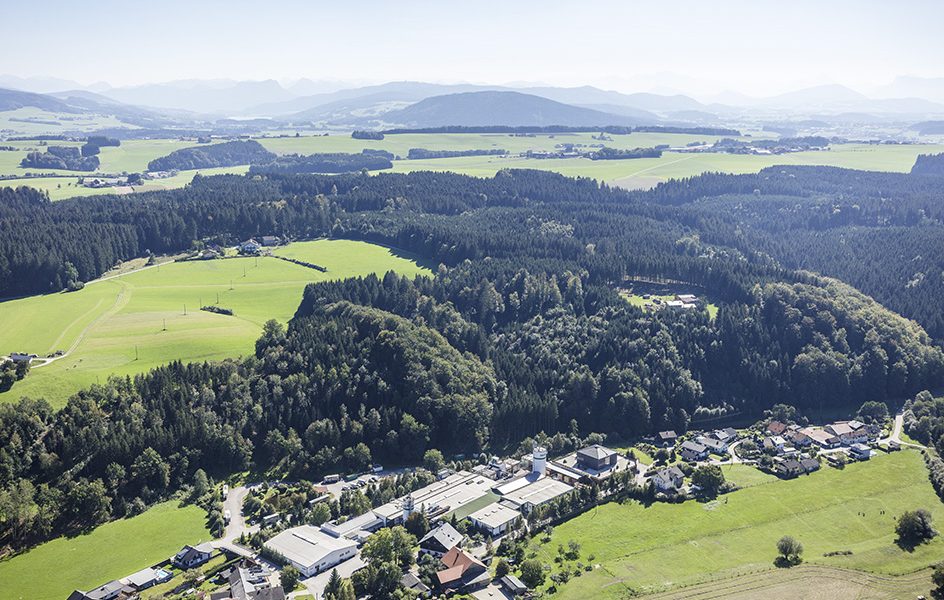How does collaboration through the International Living Future Institute change a business model?
Imagine a favorite place, where you feel safe and comfortable, you’ve been there many times and can’t wait to return….
Is that place inside?
Most people say they are in a wooded area. Woodlands are where all but 10 percent of land species live and thrive. This is because our woodlands, as well as wood itself, are anchors for safety. Just go and stand under a live oak when it’s hot. You know it’s nice because we’ve all done it. I think anyone reading this has a story about wood. The other day I was talking to a seasoned architect and somehow ended up talking about Clark Air Base in the Philippines when we were both stationed in the early 90s. We reminisced about the intricately carved wood furniture pieces sold by local Filipino craftsmen. We all have a historic connection in some way or another to this biological element. Wood is nostalgic in that regard, and in one way it is like our family because we have grown up with it.
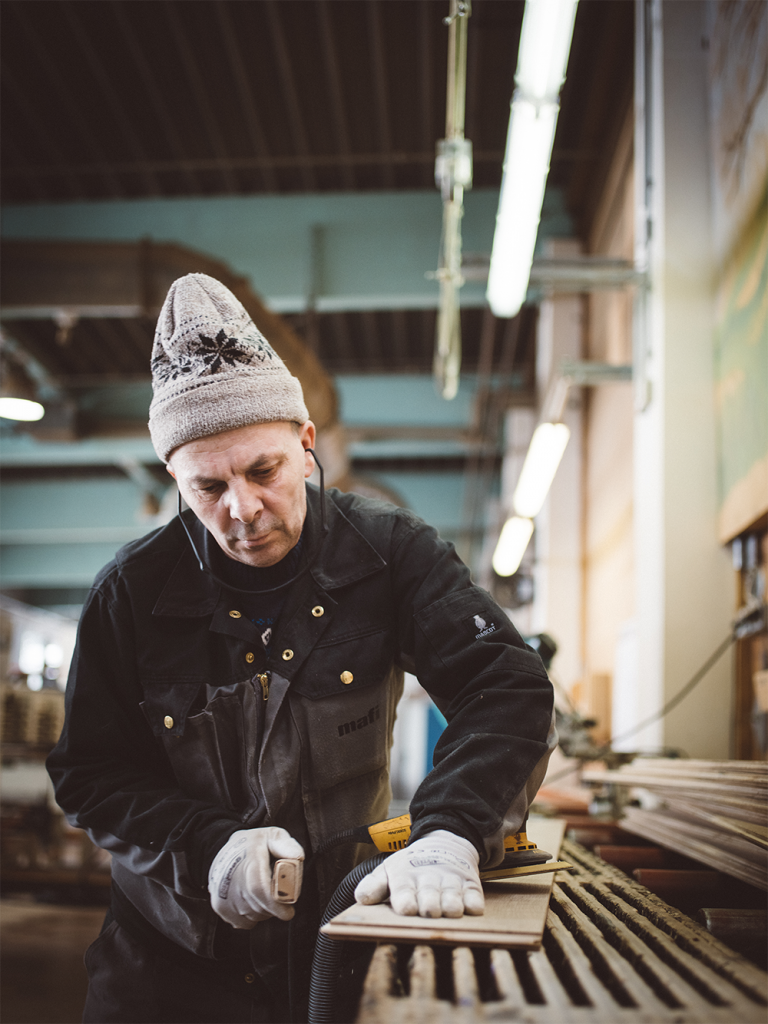
Considering that we all are familiar with wood and we all have used it in one form or another as a key part of our projects, I don’t think all of us think about wood the way our forefathers did. Before we learned about ‘protection with chemicals’, our furniture and our utensils were unadulterated by barriers. We touched wood directly. We understood that wood needed two things, craftsmanship and care. Humans never used anything artificial on wood until recently, and it has always worked fine without us adding anything to it.
One company called mafi in Austria has been producing raw wood products since 1919 with the simple goal of providing a human/wood connection. (The name of the company is derived from the first two letters of the original founder’s wife’s name, Marion Fillafer.) While the world has been moving away from natural materials within our spaces, mafi maintains the belief that we belong with nature and not outside of it. Most, if not all, wood flooring and wood products for interior use are sold with an unnecessary hard “protection” surface. This creates a barrier to humans.
Horsepower and steam engines were only 100 years ago
Take a minute to go back 100 years. One hundred years seems like only a small blip when you put it into the timeline of the earth, but so much has happened since 1920. When you think about a product like wood, for example, you might think of forestry work using horses and oxen. There were only two options to power a wood sawmill for commercial use—a steam engine or a water mill. Otherwise, it was done completely by hand. Today it seems standard to hear about wood manufacturers using more robots and artificial intelligence technology than people, with what seems like unlimited power sources.
From MRI and CAT scanning to helicopters and airbags, technology and innovation have done so much to improve our lives. Some of us have systems in our buildings that are powered with solar panels and ultra-efficient HVAC equipment to cool even the biggest data centers. I like to think about our bodies as the only thing that hasn’t changed. Every one of us still needs the basics; food, water, and shelter. Our world has changed around us but no matter what, we are still are the same humans with the same basic needs.
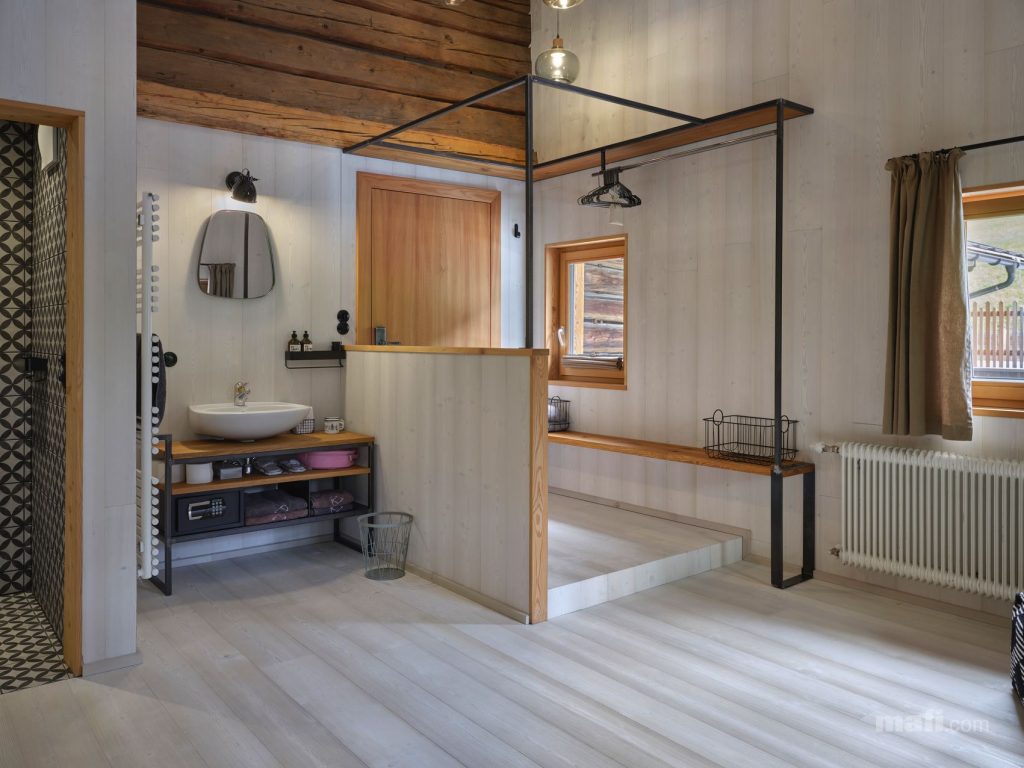
Birth of our chemical dependency
Technology and innovation have fostered cheaper products and global supplies that seem endless. I believe these two phenomena began occurring around the same time period. In the two world wars, we developed technologies to create horrible weapons using fossil fuel-derived chemicals. When we finished the fight, it’s hard to believe that we made plant fertilizers using some of those same surplus weapon ingredients. It could be said this was when we turned our weapons of war on a new enemy, the natural world. We called this progress. These are now celebrated habits that have literally changed cultures worldwide. We are all used to products built like this and it is normal to go into a space and find it completely covered in man-made products. Are the ingredients of these products toxic?
In 1976 the Toxic Substances Control Act grandfathered in 62,000 chemicals already in use as safe. This included Radon and PCBs. It’s interesting that even now, 85 percent of 20,000 new chemicals have no health data, 67 percent have no data at all and 700 new chemicals are added each year. Rachel Carson, Janet Sherman, and countless others raised public awareness about the dangers of the relationship between toxic chemicals and our health for decades. We still allow close and personal exposure with these potentially toxic ingredients in our flooring, walls and almost everything we touch in our modern environments. Ninety percent of our lives are spent indoors and we wonder why recent studies have found a direct correlation between our health and indoor air. Each one of us breathes 15,000 liters of air per day. That’s four times more than what we eat or drink. I would like to think that over the course of time, we humans would adapt to this new way of living with these stressors, but we’ve only been human for 300,000 years and almost all of that time we lived outdoors. Living in these new closed-in environments with all of these artificial building ingredients is a lot for our evolutionary body systems to adapt to so quickly.
“It worked on the last job” is one excuse I have often heard
After these remarkable 100 years of development and improvements with products and materials, who, besides our product specifiers, are at the battle line between these potentially harmful chemicals and us? In some cases, developers, builders, architects, and designers write specifications with their own intentions in mind, with liability and cost being the first thought. Not always is there a preference for quality, resilience or human health. ‘It worked on the last job’ is one excuse I have often heard but this is only kicking the can further down the road.
Thankfully, the International Living Future Institute has created transparent paths for both manufacturers and specification writers to feel safe knowing what the ingredients are in the materials they specify by using the Declare Label or the Living Product Challenge. This organization and its certifications are the shields in our battle. It gives us time to study and examine our choices.
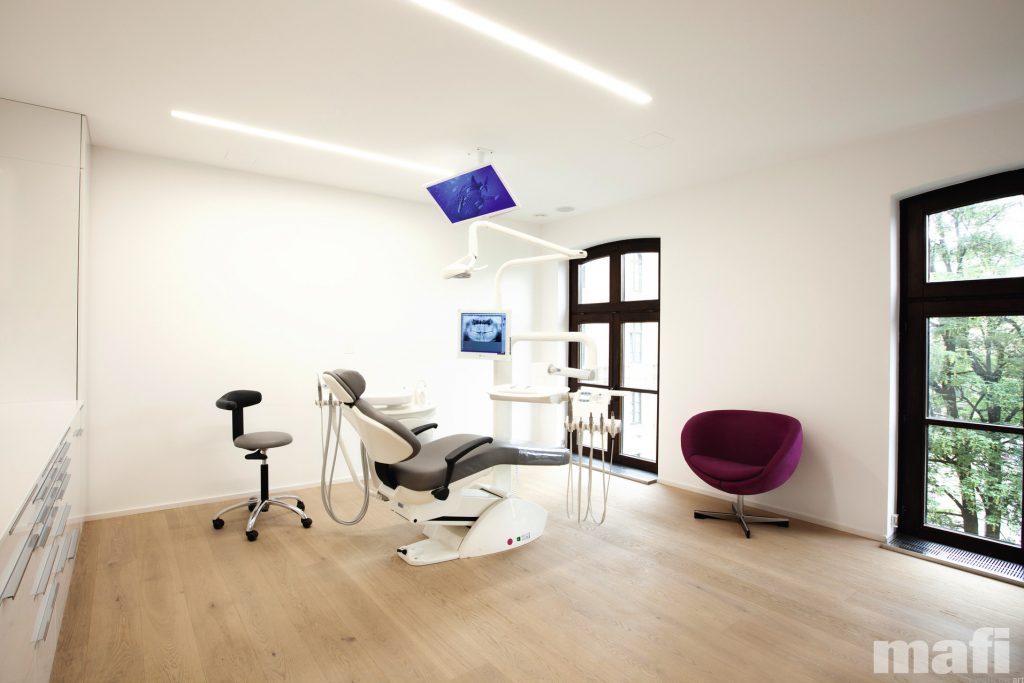
Wood can do profoundly positive things for human health
Before the Institute, mafi did not have a clear platform for presenting natural organic interiors products to more than the local sales networks. By engaging directly in the Living Product Challenge last fall with a potential Challenge completion launch at the Unconference in May 2020, mafi now feels they may have the chance to help change the relationship between Spec-writers/Architects/Designers/End-users and provide truly natural products for interiors within Living Building Challenge projects across the globe.
mafi believes that the Declare Label for product ingredient awareness is a simple and profound transparency tool. Simply take any building product, completely unveil it, spread its ingredients out on a piece of paper and let the clients choose what to use based upon merit. This tool is brilliant and freeing, especially for mafi, who makes all of their floor and wall planks using only natural plant-based oils, basic white glue and locally-harvested wood in a zero-waste facility using more hands than machines. mafi has started its relationship with ILFI by listing 100 percent of its products as Red List free, and believes that this is honest, authentic and transformative. In fact, mafi has now decided to change its entire worldwide marketing structure to focus on the collaboration with ILFI and its fundamentals around creating Living Buildings for a healthy future for all. Having access to all of the health and wellness professionals within ILFI has essentially transformed the way mafi wants to present themselves.
However, within the company there were struggles with this new way of thinking. Strong sentiments of the way things have always been ring true with European manufacturers and especially Austrian wood producers. One can argue that Austria is where wood craftsmanship originated, as well as the first country to create a forestry law in 1852, so they know a thing or two about wood and forestry management already. Fritz Fillafer, who is the third-generation owner of mafi, said, “Everyone already knows that wood heals the indoor air when washed with water, why do we need a certificate to prove it?”
Georg Klampfer, mafi senior sales manager says, “I am positive there will be challenges within our company structure as we change from the way we’ve always done our marketing into this modern style. In one way, it is unfortunate that we feel this is necessary to do the certification. All manufacturers should be doing what we already do. We have always strived to be efficient and careful with resource protection for 100 years but on the other hand, we believe the reward will be that more people can understand our philosophy and use more natural materials… we want to do this certification to prove how it works as a business model.” And from the words of Johannes, the flooring production manager, “This will be a way to prove we are doing things properly and efficiently. I believe the Living Product Challenge will find some inefficiencies and help us to be even better.”
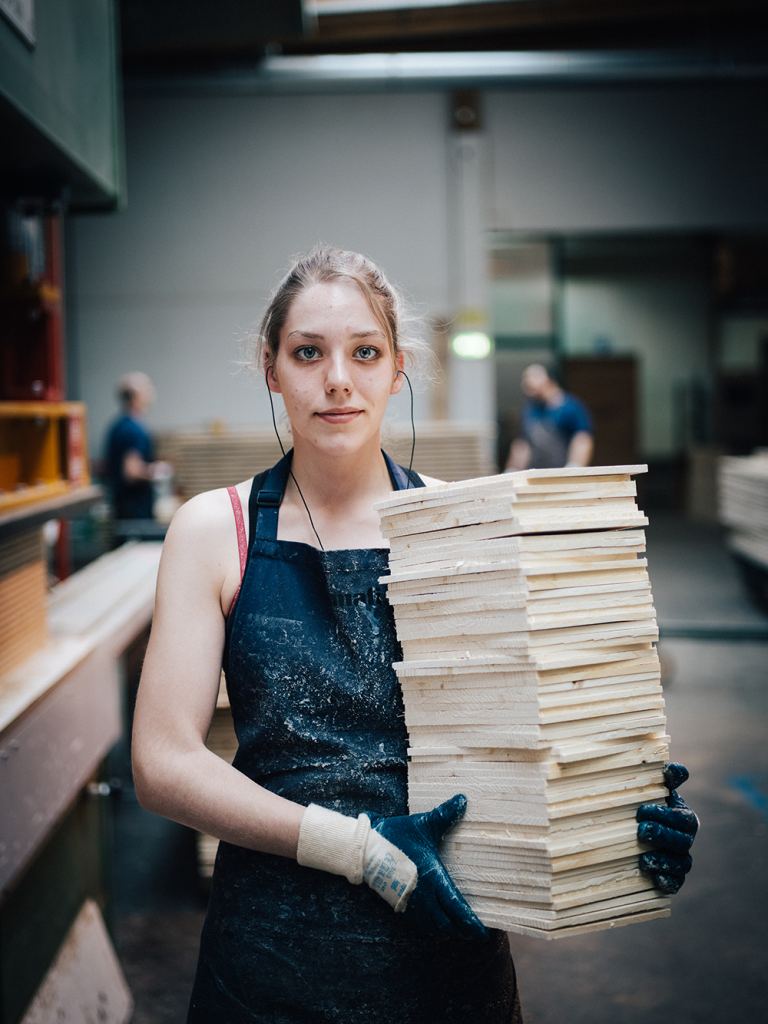
JUST Certification = more robust workforce and healthy workplace relationships
mafi has also agreed that using the JUST Certification will be crucial to employee morale as well. Transparency and accountability for workers’ rights has shown to improve production. There are already government systems in place that allow for multiple worker benefits. For instance, by Austrian law, it is possible for employees to have 24 months of maternity leave. The JUST Certification will help mafi be the leader in social equality and welfare of employees and families. Having a third party to examine their employee social structure should help to showcase this important aspect.
As a rule, there are eight stations that check product quality and more than 44 people who touch and approve every plank to ensure the highest quality, which is well above the normal procedures for production flooring companies. Through the Living Product Challenge, ILFI will take a more in-depth look at these procedures, and this assessment will find possible improvements. mafi also believes the example will be set with other partners in Europe through their involvement in the European Living Future collaborative.
mafi’s increased engagement with the Living Product Challenge, in addition to its commitment as one of ILFI’s Transformative Sponsors, signals a large, long-term investment. mafi believes that the influencers within the organization will take notice and support the organization, thereby helping preserve forests and improving human health by using more natural products in the long run.
